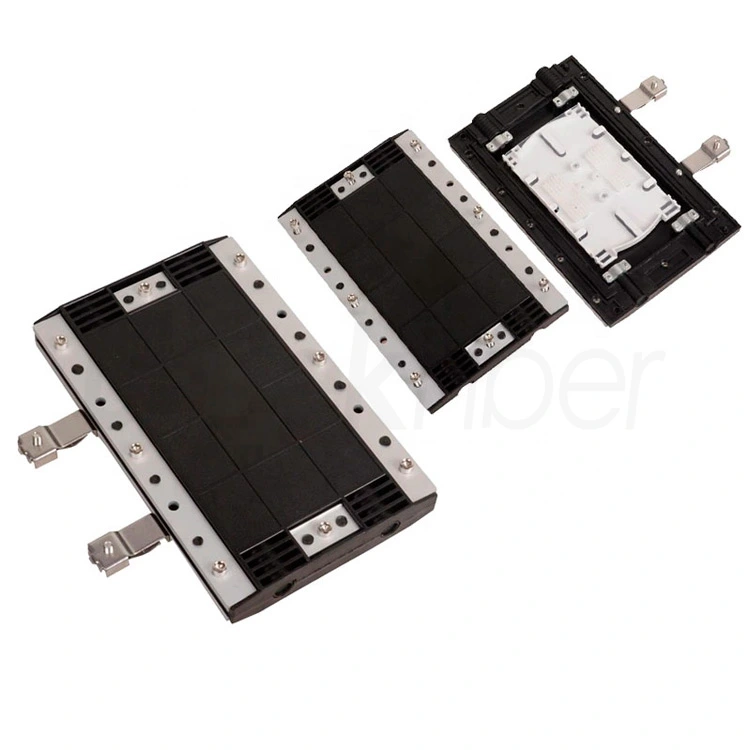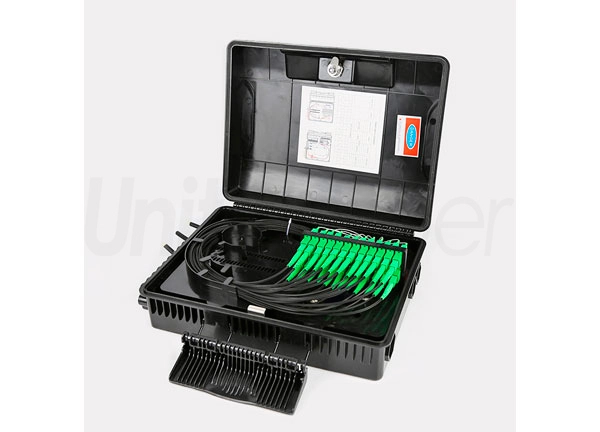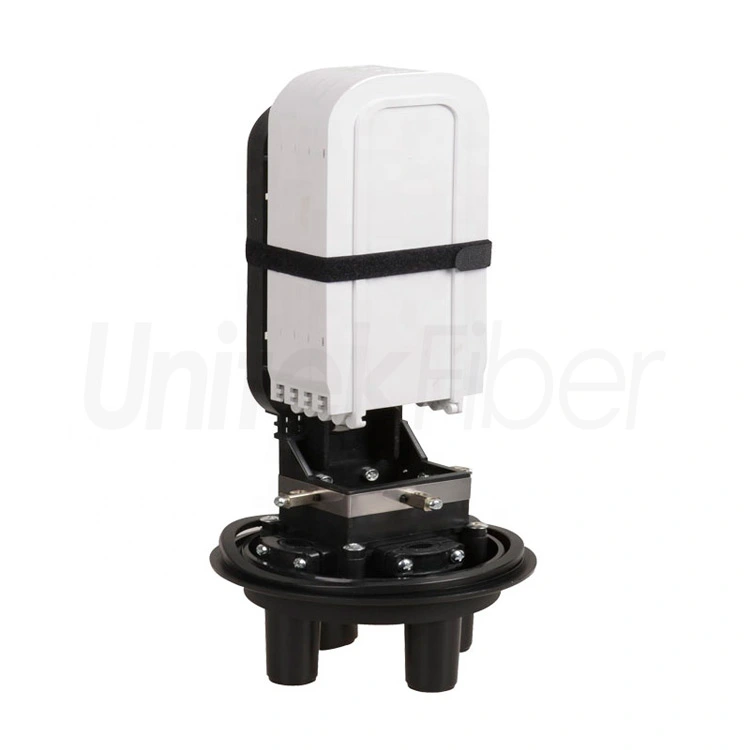

In almost every respect, the rhythm of society is getting faster. We hope that customer service issues can be resolved immediately. We expect the goods to be ordered the next day. We are used to communicating with anyone, anytime, anywhere.
At the enterprise level, this trend is reflected in the growing demand for real-time data processing. Gartner research shows that artificial intelligence, the Internet of things and 5G are helping the next generation of business innovations, resulting in massive amounts of data that companies will use more than 7.5 billion connected devices by 2020.
Under the edge of computing model, data analysis relies only partially on network bandwidth since most of the knowledge comes from local sources close to the data source. Whether processing data in devices, edge data centers, or fog layers, tracking, processing, and storing data is closer to end users than centralized.
Another role of data center
For more than half a century, large traditional data centers have been the backbone of network computing and connectivity, with almost all data being processed in one core. And mobility, technological advancement and economic development require companies to gradually add edge elements to this important core. Internet technologies and applications that support AI need to be calculated at the edge, which affects the size and location of future data centers. Large data center models are also outdated and will continue to be adopted in various areas. But with the rise of edge computing, more small data centers will be built close to population centers such as cities and business districts. As a result, data center infrastructure may change and become more fragmented. In this case, regional markets and smaller cities may have more storage centers and micro data centers that are anchored to existing communications infrastructure such as telecommunications towers. The arrival of the next-generation wireless standard 5G makes the phone tower work. Rapidly growing edge applications require more computing power and storage space, so it's appropriate to put them on existing infrastructure.
Introduce a new network
Microdata centers can be deployed in telecommunications towers and other important locations in existing wireless networks. As a result, a large number of data centers in the future will no longer have the size of large warehouses like today's data centers, and most of them will not be easily recognized.However, the growth in the number of data centers means that storage and security requirements are more extensive. In the future, data center layouts will be more fragmented, and companies are demanding the same performance and security as centralized data centers. To do this, security and storage solutions must be considered at the beginning of planning, not when the new model is ready. Edge-driven systems will work with the cloud, and large data center models will continue to thrive and play an important role in all walks of life. As the demand for edge devices and applications increases, this part of the network may also grow significantly.



